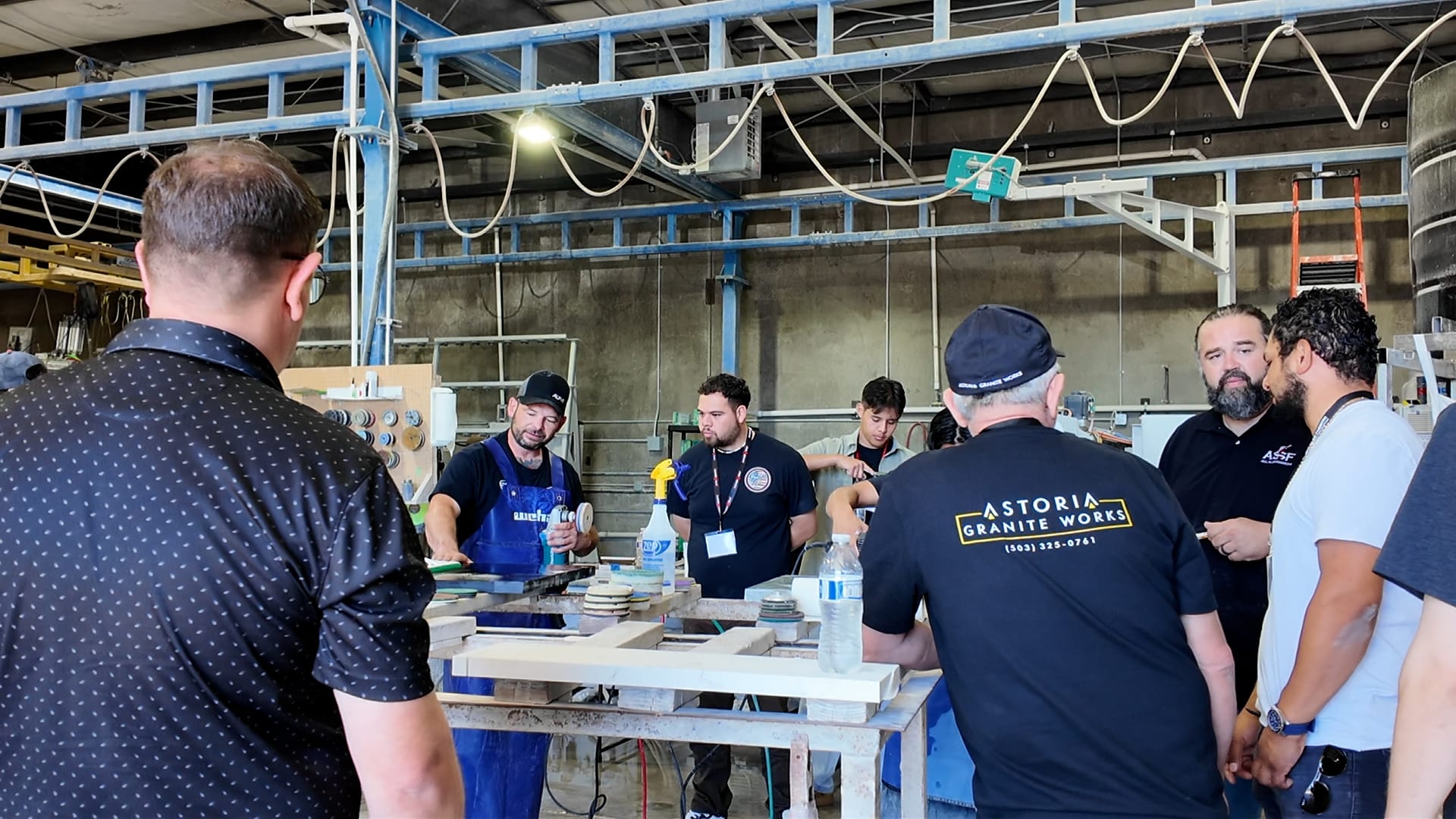We just added a help article on how to calculate a sales closing ratio, based on how many quotes you create compared to how many turn into jobs.
The simple method in the help works for lots of people, but it’s not the whole answer. Tracking quotes, leads and sales is complex, and I really wanted to give lots of options. But before I could list the options, I had to think about why I might care.
I hadn’t ever considered the sales close ratio before. But, it lets you evaluate your salespeople, sales process, and marketing in new ways.
- Who are my best salespeople? There are lots of ways to measure who’s best. Typically, we judge the success of our salespeople by how much revenue they bring in – that’s ultimately what drives the business.But, by looking at what percentage is getting closed, you can get a different picture of what works well about a certain salesperson, and you can try to duplicate that. Here’s a comparison of two Moraware salespeople. Although it’s not the only measure (Hint: in the chart below, the salesperson with the lower close rate brings in way more revenue), this is one way to see who’s doing what.
- Are we getting better at sales over time? There are lots of ways to interpret the overall close rate. Part of it has to do with the lag between getting new leads and turning them into customers.Overall, I think this measures how targeted our new leads are and how much we pre-qualify our leads before they ever get into our sales pipeline. As long as we’re generally improving, it’s okay. When there are big dips or spikes, it’s time to look closely at why.
- Which sources are bringing the most promising leads? For Moraware, we think it’s important to be at countertop and stone industry trade shows, and advertising in countertop magazines. But which of those leads are easy for us to convert into customers?I knew, just based on our raw numbers, that a huge percentage of our new customers were referrals or people who’d used our software at another countertop fabrication company, but I had no intuition about the relative effectiveness of each lead source.
There are some big problems with all of these charts, which is what left me unsatisfied with the help article. You can choose from a vast array of measurements, and they dramatically skew the results. In all of the charts here, I did a comparison by looking at new leads to new sales in the same time frame.
In reality, there are several ways to pick the points in time you’re measuring. I’ll be writing about that in the next blog post.



